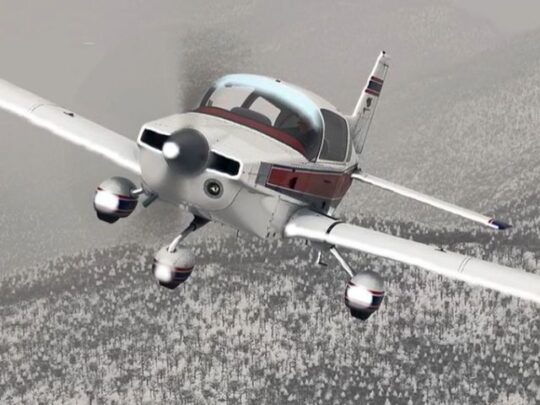Subscriber question:
"I would appreciate tips for working proficiency training into each flight...making the most of your time in the air, how to stay sharp, what to practice?" — Tom B.
Wally:
 “Your comments are right on the money. It is simply not enough to pass the check ride and then never practice maneuvers again. Well, at least not until that flight review is about due. Every flight should be an opportunity to learn something or to get better.
“Your comments are right on the money. It is simply not enough to pass the check ride and then never practice maneuvers again. Well, at least not until that flight review is about due. Every flight should be an opportunity to learn something or to get better.
My suggestion is to make a list of all the maneuvers you needed to do when you completed your flight test. Then practice one or two of them on each flight. Look to the standards for the tolerances and practice until you can achieve them, and then some. Check the maneuvers off your list as you work through them.
Here is another skill builder. First, park your airplane with the nose wheel on a taxiway line. Then get in the cockpit and get a reference on the cowling. Now practice keeping that center line on the reference during taxi, takeoff, and landing. Most pilots taxi, take off, and land to the left side of the centerline. When you feel you have that down, try landing with your left main wheel on the line. Since each flight has a takeoff and landing, this is a free skill builder. You will be glad you can stay on that centerline next time you have to land in a crosswind or on a narrow runway.
Then, of course, let’s try some accuracy landings. While on downwind leg, pick a safe touchdown spot on the runway, reduce power to idle and see how close you come to landing on it. I’ll bet you miss it by a bunch the first try, but keep at it and you will get better. This skill, of course, will serve you well if you ever have a forced landing. One caution here, if the approach in any way gets uncomfortable, go around. Don’t do anything dangerous just to make the landing.
One of my goals as a professional pilot was to try and move my passengers from point A to point B without them realizing they had left point A. Of course, in 39 years of trying, I never made it, but I always tried to move the airplane as smoothly as possible. That means smooth taxi and stops, gentle control inputs, easy power changes, and gentle pitch control.
In my view, one of the best no-cost tools to improve your proficiency on your next flight is a thorough review of your last flight. A good pilot will think about all the things that did not go perfect and consider how to make them better next time. Some pilots I know keep a diary of these things for periodic review. This approach is exactly opposite to the attitude that claims any landing you can walk away from is a good one.”
How often do you "go to the practice area" to work on your pilot skills?

